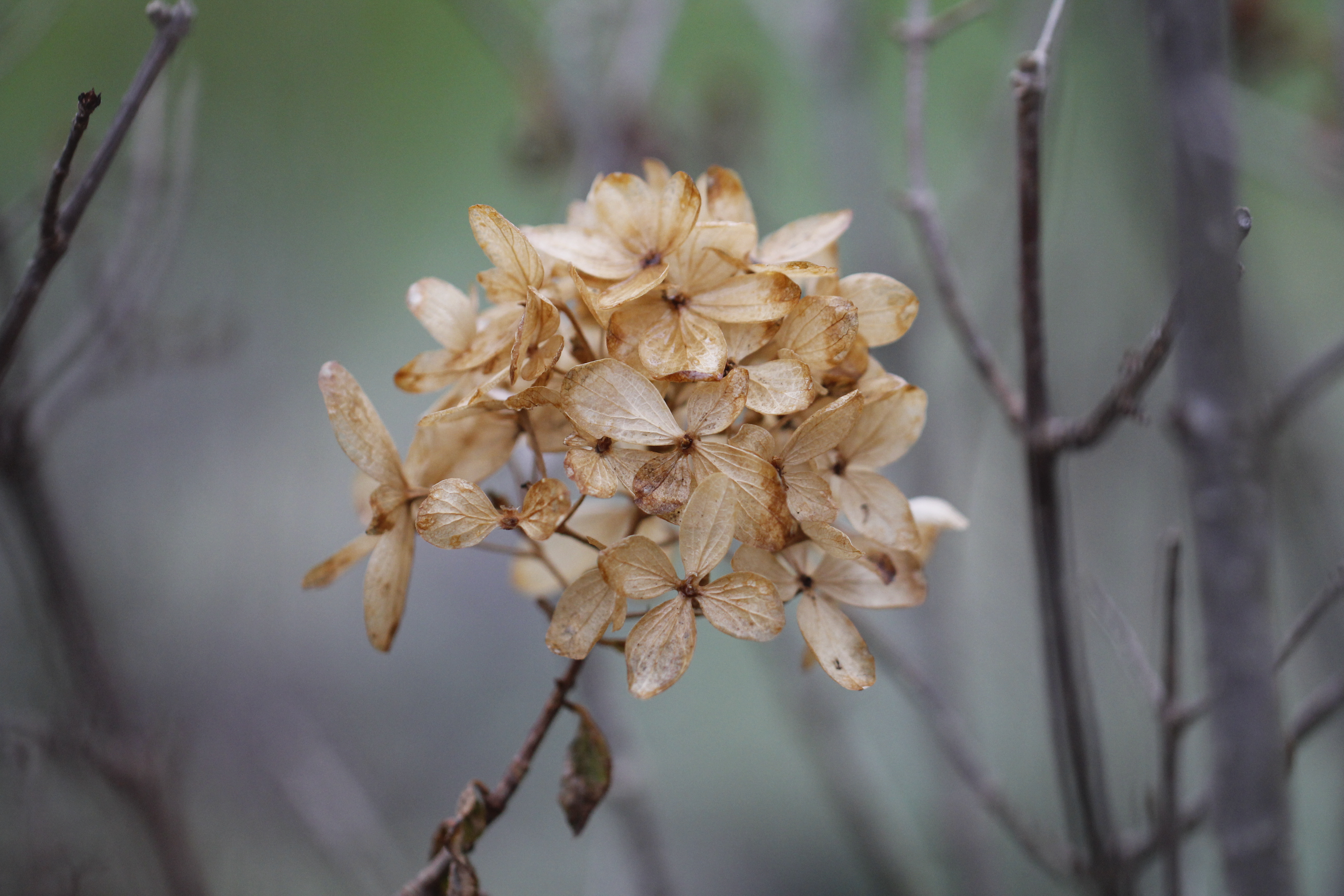Winter Drought is Here! Are Your Plants in Danger?
Did you know that St. Louis is experiencing a fairly serious cool-weather drought? Many people assume that plants do not need as much water in the winter months, but for most plants, especially those planted in the past year, it is very important to maintain adequate moisture in the winter months. Plants that keep their leaves through the winter months are at most risk during drought because leaves transpire, basically steal, the plant’s moisture. If the plant is the type to lose leaves in the winter, then more water is left in the roots and stem, allowing it to maintain its health longer. If you are wondering if your plants are in danger of suffering from drought, use the following guide to determine their risk. It takes 10 to 12 inches of snow to equal an inch of rain.
Plants in Most Danger of Damage/Death During Winter Drought –
Plants that keep their leaves through the winter months are at most risk during drought because the leaves hog all the moisture. If the plant loses leaves in the winter, then more water is left in the roots and stem, allowing it to maintain its health longer. Hollys and broadleaf evergreens are threatened most by winter drought. Some local examples of broadleaf evergreens are Azaleas, Boxwoods, Rhododendrons, Cherry Laurels, and Southern Magnolias. We will also include arborvitae in the most in danger list as they tend to succumb to drought easily. If you have planted any of these in the past year, it is extremely important to make sure you are giving them a good soaking when the weather is above freezing and the ground is not frozen. A good soaking would consist of laying a hose next to the base of the plant and letting water drip for several hours about every week or two during the drought.
Plants in Moderate Danger of Damage/Death During Winter Drought –
Needled evergreens, “Conifer,” are somewhat in danger of drying out in the winter months. Common St. Louis conifers are cedars, yews, pines, and spruces. Needled evergreens planted in 2017 will require a good soaking every two to four weeks for several hours when the temperature is above freezing.
Plants in the Least Danger of Damage/Death During Winter Drought –
Deciduous trees and shrubs, the ones that shed their leaves each fall, are in the least danger of drying out during winter drought. If planted within the last year, they will need a good soaking once a month, to every six weeks during the winter months. Common deciduous trees and shrubs are red oak, red maple, elm, red twig dogwood, barberry, river birch, rose of sharon, hydrangea, and crape myrtle.
If you would like some more help with checking your plant’s moisture, take a look at our watering guide here. Remember, after watering, keep your hose from freezing by disconnecting it and walking it above your head until all the water has drained out.
